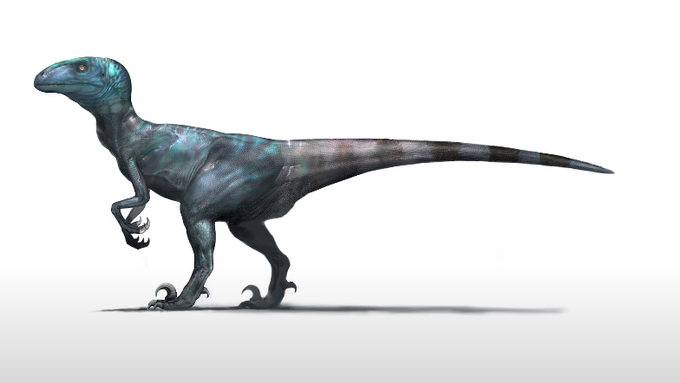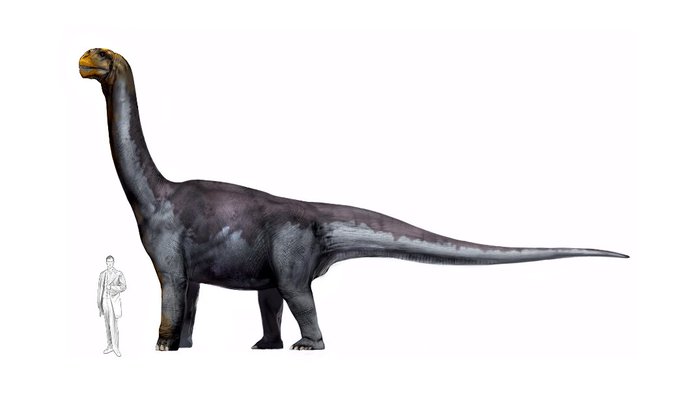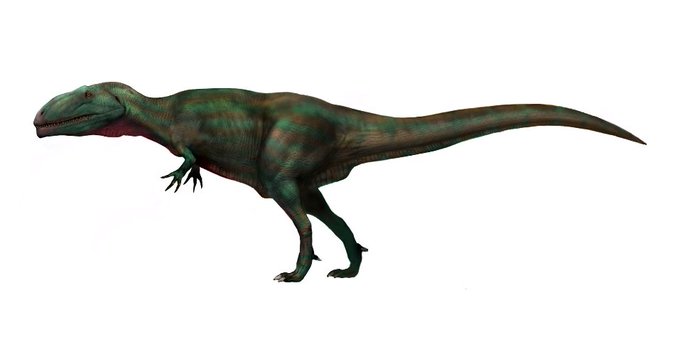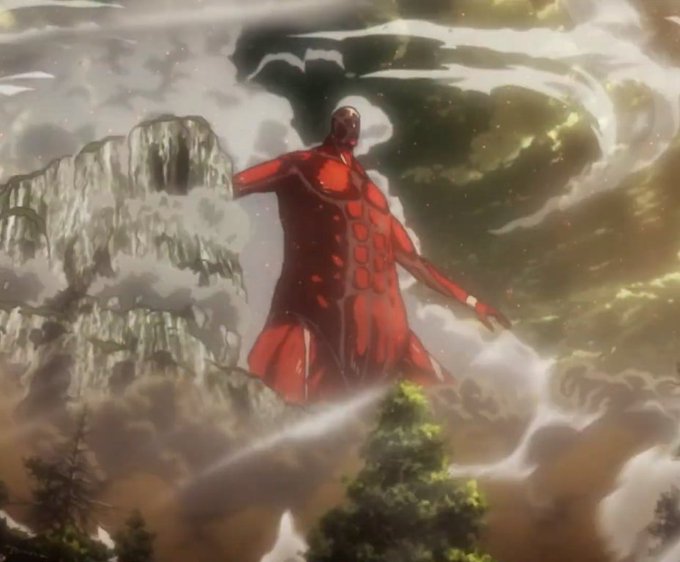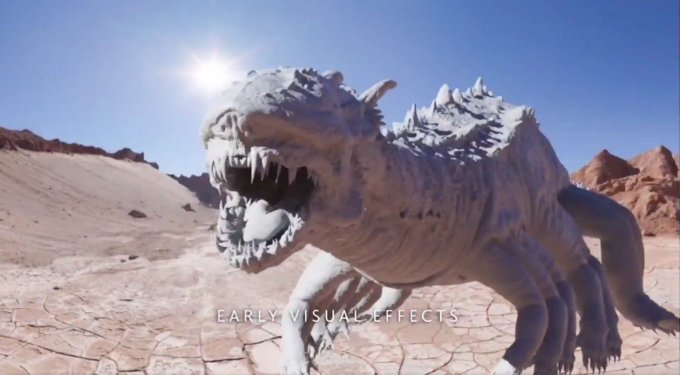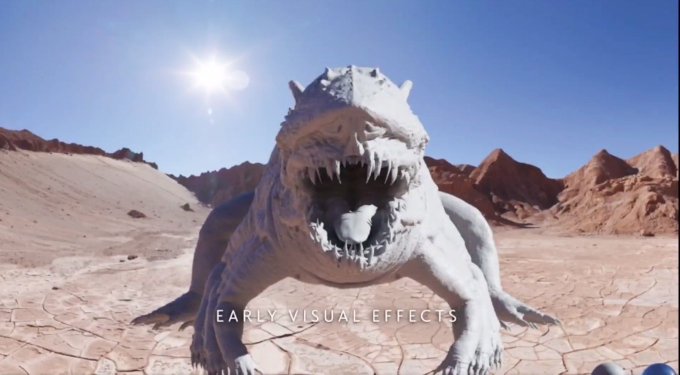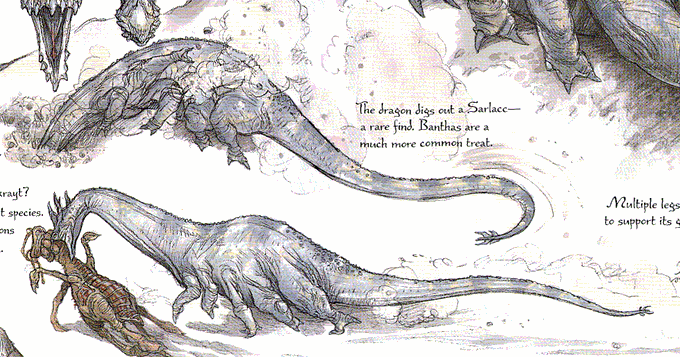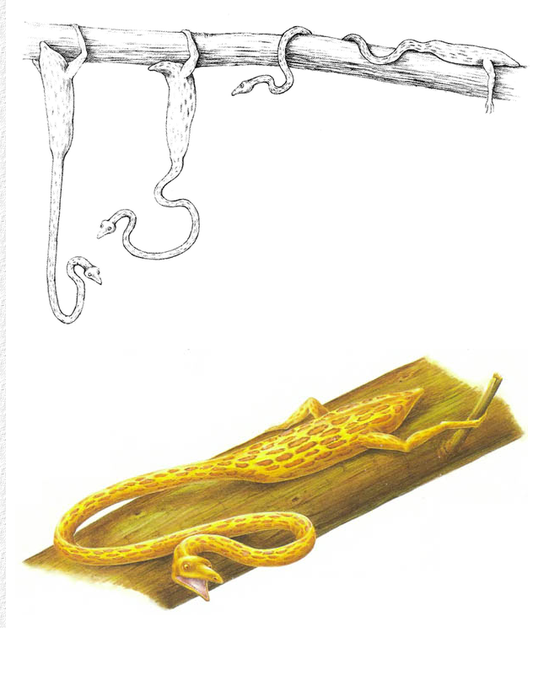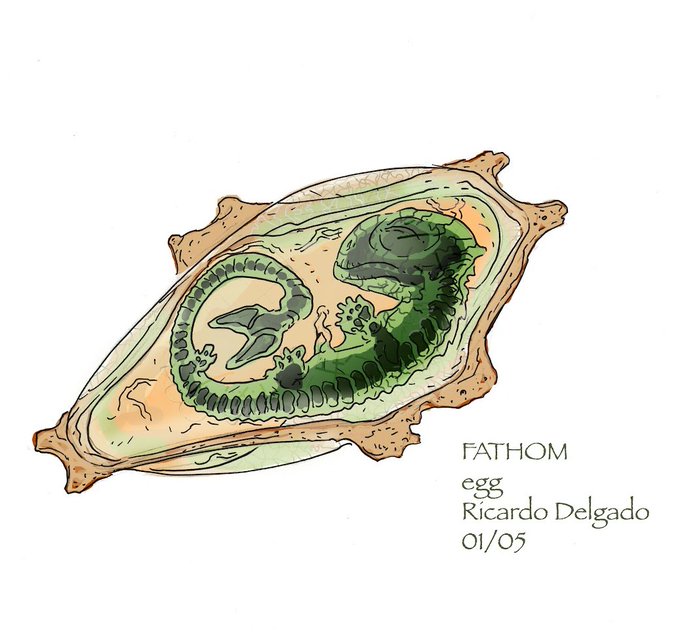Of course, the creatures themselves are very characteristic as well, and somehow with their gestures and right angles he manages to make them feel cool and naturalistic at the same time, which may have their own individual personalitites, despite the needed monsterisation.
Greg Broadmore's art is indescribably inspirational. The poses and motions in his creatures are so dynamic an expressive. They don't feel like they're set in one certain position but more like a single frame got captured out of their motion that's still happening in that moment.
@JoschuaKnuppe @JoschuaKnuppe I know it's quite rude to draw into someone else's work - especially if it's from a far more talented person - just wanted to show what I mean and curious about what do you think.
Well, this explains everything. Turns out the visually appealing designs/color schemes for Jurassic Fight Club were created by none other than Carlos Huante.
And we almost had a JFC Giganotosaurus, but I guess they wanted to keep the T. rex as the poster boy. https://t.co/uGHYIKuvXQ
With proper training, the Colossal Titan could have the same job in a battle as the Beast Titan, but on a more destructive scale.
Aside from the nuke transformation.
I'm sooo glad they canonised Terryl Whitlatch's design for the rest of the Krayt Dragon's body in The Mandalorian, instead of just turning it into another generic sand worm monster.
https://t.co/ZeXozQs0FT
@softdilo It's not really hard to say that and see the major differences between the real and the movie version.
Fun fact, the creatures of Surface were designed by Ricardo Delgado














